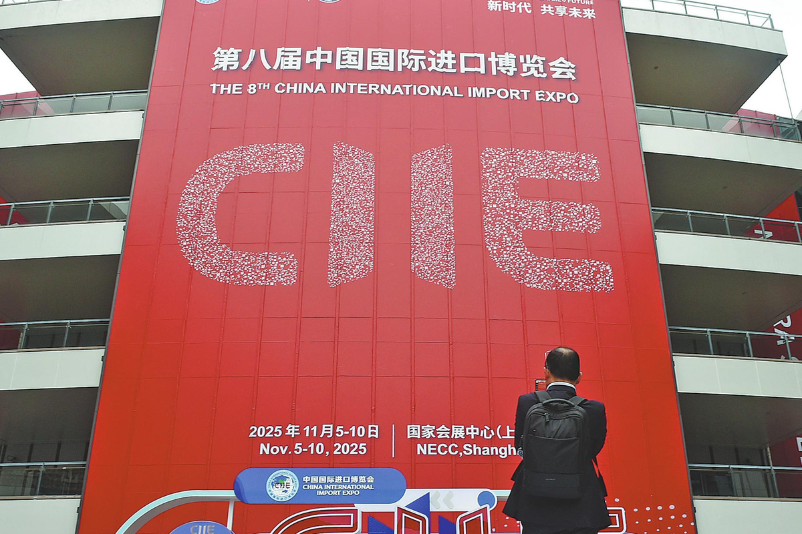New challenges of 'glocalization'

International PR agencies must adapt to changing market realities to stay ahead in China
Over the last 30 years, the public relations industry in China has followed two patterns of growth. While the first veered toward the localization of international PR agencies, the second involved the globalization of local PR agencies. A combination of both these approaches is called "glocalization".
Foreign PR agencies first came to China in 1984 after Hill & Knowlton established an office in Beijing. One year later, another international PR firm, Burson-Marsteller, teamed up with Xinhua News Agency, which led to the establishment of China's first PR agency - China Global Public Relations. The same year also saw the establishment of the first PR joint venture - Interasia (acquired by Edelman in 1993). By the early 1990s, the Chinese PR market was mainly dominated by the "Big Four" - Hill & Knowlton, Burson-Marsteller, China Global and Interasia.
But since 1992, more foreign PR agencies have entered the Chinese market, including Edelman, Ogilvy, Fleishman-Hillard, Ruder Finn, Ketchum and Shandwick. On June 2, 1995, eight PR agencies signed the "The Position of Professional Standards of PR Business in China" in Beijing. Seven out of those eight were international firms and the majority of these foreign companies ranked were among the top 10 PR firms in the world.
By the late 1990s, Chinese PR agencies had also started to develop rapidly by leveraging on the growth of the IT industry. Competition increased in the industry and hastened the localization of international PR firms.
Though the main focus for international PR agencies is the multinational clients in China, they are also now helping local companies for their business activities in the international markets such as overseas listings and acquisitions. At the same time, they are helping local companies in the domestic market.
There are indications that international PR agencies are now focusing more on improving their domestic outreach. To some extent the mindset change has been triggered due to the changing market paradigms.
Before China joined the WTO, multinational companies in China were focused more on maintaining good relations with the Chinese government. So the priority of business for international PR agencies was mainly public affairs. But in the post-WTO era, the multinational companies have become more consumer and market-oriented, which means that international PR agencies need to be more localized in their approach.
In addition, such an approach was needed as more and more local companies, especially the State-owned enterprises, were also seeking overseas listings. All of these saw international PR firms focusing more on improving communication and cooperation with Chinese enterprises. To do this the companies started to hire more local talent, and learn more about Chinese culture and policies, thereby accelerating their localization process.
The rather complex market structure that is evolving has forced international PR firms to pay more attention to localization, as only then would they be able to keep pace with the developments.
The bigger challenge for most international PR companies is to match Chinese traditions with global PR standards and find ways to adapt these changes in the Chinese market.
Most international PR agencies tend to stick to the traditional business approach and do not pay enough attention to innovation. These international PR firms usually rely on an experienced operating system and a sound management system.
In gymnastics parlance, international PR agencies are better at "compulsory exercises", focusing on standardized routines and processes, while most of local PR firms do well in "optional exercises".
"Glocalization" brings not only new challenges but also opportunities. Facing the new competition situation and the market changes in China, both international PR agencies and local PR firms need to cooperate closely and learn from each other's strengths to offset their own weaknesses in order to serve and explore the Chinese market better. Along with the "glocalization" trend of development, we have immense confidence in China's PR industry that tomorrow will be even better.
The author is vice-president of the University of International Relations and deputy secretary-general of the China International PR Association.
Today's Top News
- China condemns US $330m arms sale to Taiwan
- Root causes behind Takaichi's provocative remarks alarming for all
- China to maintain pressure on Japan over PM's Taiwan comments
- Free trade zones incubators for nationwide policies
- US scholar: China's 15th Five-Year Plan charts path to future
- Coding the law for smart governance






























